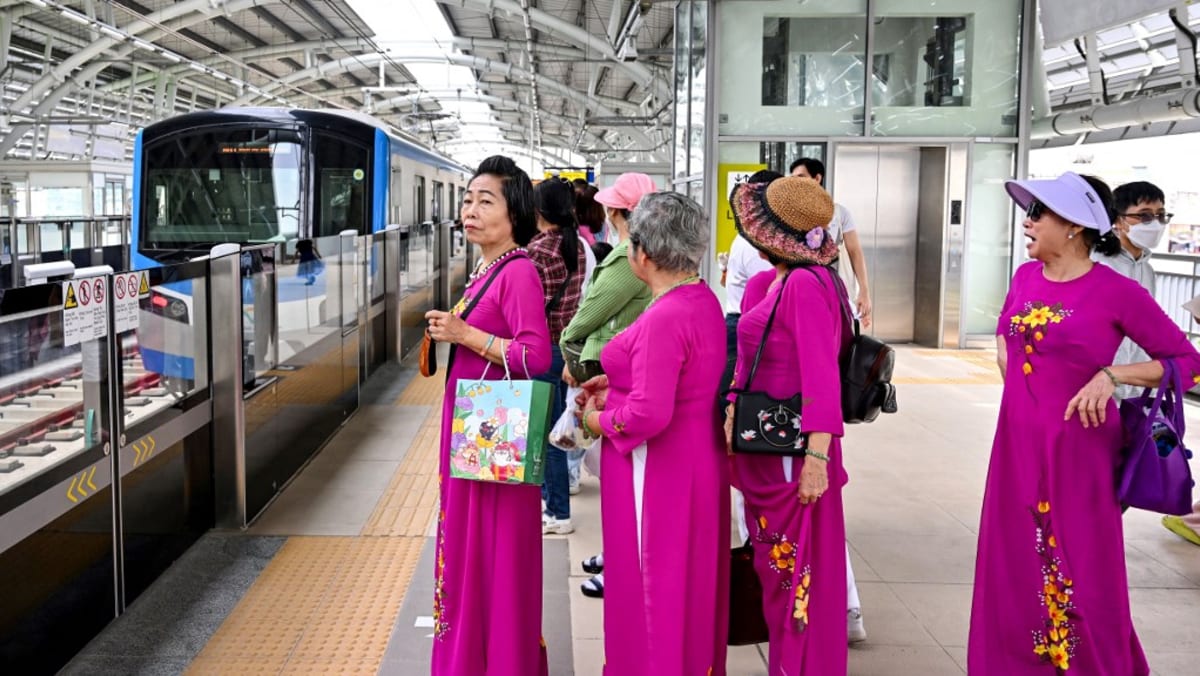It took 17 years for Vietnam’s commercial capital to reach this point. The project, funded largely by Japanese government loans, was first approved in 2007 and slated to cost just US$668 million.
When construction began in 2012, authorities promised the line would be up and running in just five years.
But as delays mounted, cars and motorbikes multiplied in the city of 9 million people, making the metropolis hugely congested, increasingly polluted and time-consuming to navigate.
The metro “meets the growing travel needs of residents and contributes to reducing traffic congestion and environmental pollution”, the city’s deputy mayor Bui Xuan Cuong said.
Cuong admitted authorities had to overcome “countless hurdles” to get the project over the line.
“FRUSTRATING” DELAYS
According to state media reports, the metro was late because of “slow capital disbursement, unexpected technical problems, personnel difficulties and the COVID-19 pandemic”.
“The delays and cost overruns have been frustrating,” said Professor Vu Minh Hoang at Fulbright University Vietnam, who warned that with just 14 station stops, the line’s “impact in alleviating traffic will be limited in the short run”.
However, it is still a “historic achievement for the city’s urban development”, he added.
With lessons learnt, “the construction of future lines will be increasingly easier, faster, and more cost-efficient”, Hoang told AFP.
